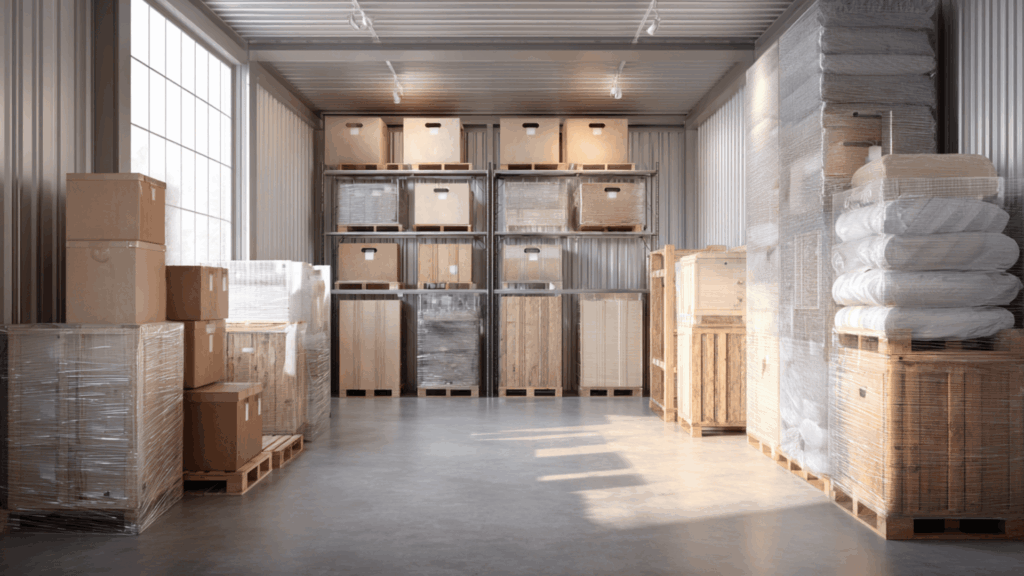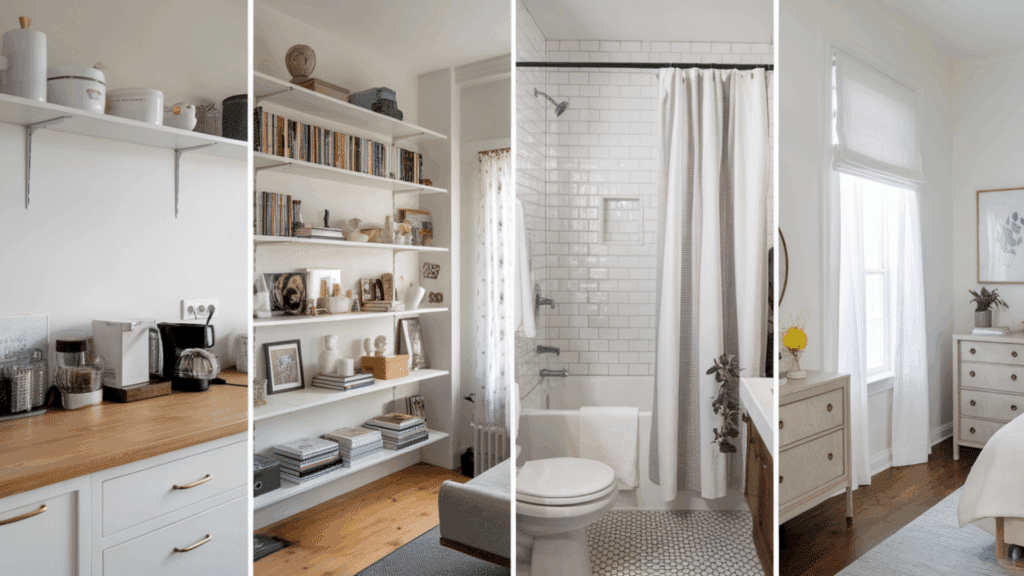If you’ve ever packed up your things and thought, “Where am I going to keep all this?” – you’re not alone.
Long-term storage can be a real lifesaver when you’re moving, downsizing, or just need extra space for a while.
In this guide, I’ll walk you through everything you need to know about long-term storage- from what to keep, how to store it safely, to choosing the right unit and saving money along the way.
By the end, you’ll know exactly how to keep your belongings safe, organized, and ready whenever you need them – without the stress.
What is Long-Term Storage?
Long-term storage is used when you need to keep belongings safely stored for several months (3 or more) or years.
It’s ideal for people relocating abroad, downsizing, or storing seasonal or sentimental items they don’t use often. Many choose long-term storage for furniture, documents, or vehicles that need protection over time.
These units are usually secure, monitored, and sometimes climate-controlled to prevent damage from humidity or temperature changes.
Long-term storage offers convenience, safety, and peace of mind for extended storage needs.
Short-Term vs. Long-Term Storage
Choosing between short-term and long-term storage depends on how long you plan to keep your belongings and how often you’ll need access. Understanding the difference helps you pick the most practical and cost-effective option.
| Feature | Short-Term Storage | Long-Term Storage |
|---|---|---|
| Duration | Up to 3 months | 3 months to several years |
| Best For | Moves, remodels, temporary stays | Extended travel, downsizing, storing heirlooms |
| Focus | Convenience and access | Preservation and protection |
| Cost | Lower upfront | Slightly higher, includes climate control |
| Preparation Needed | Minimal | Careful packing and labeling |
Both options can be useful – it just depends on how long you plan to store your things and how much protection they need.
What Items to Store and Avoid
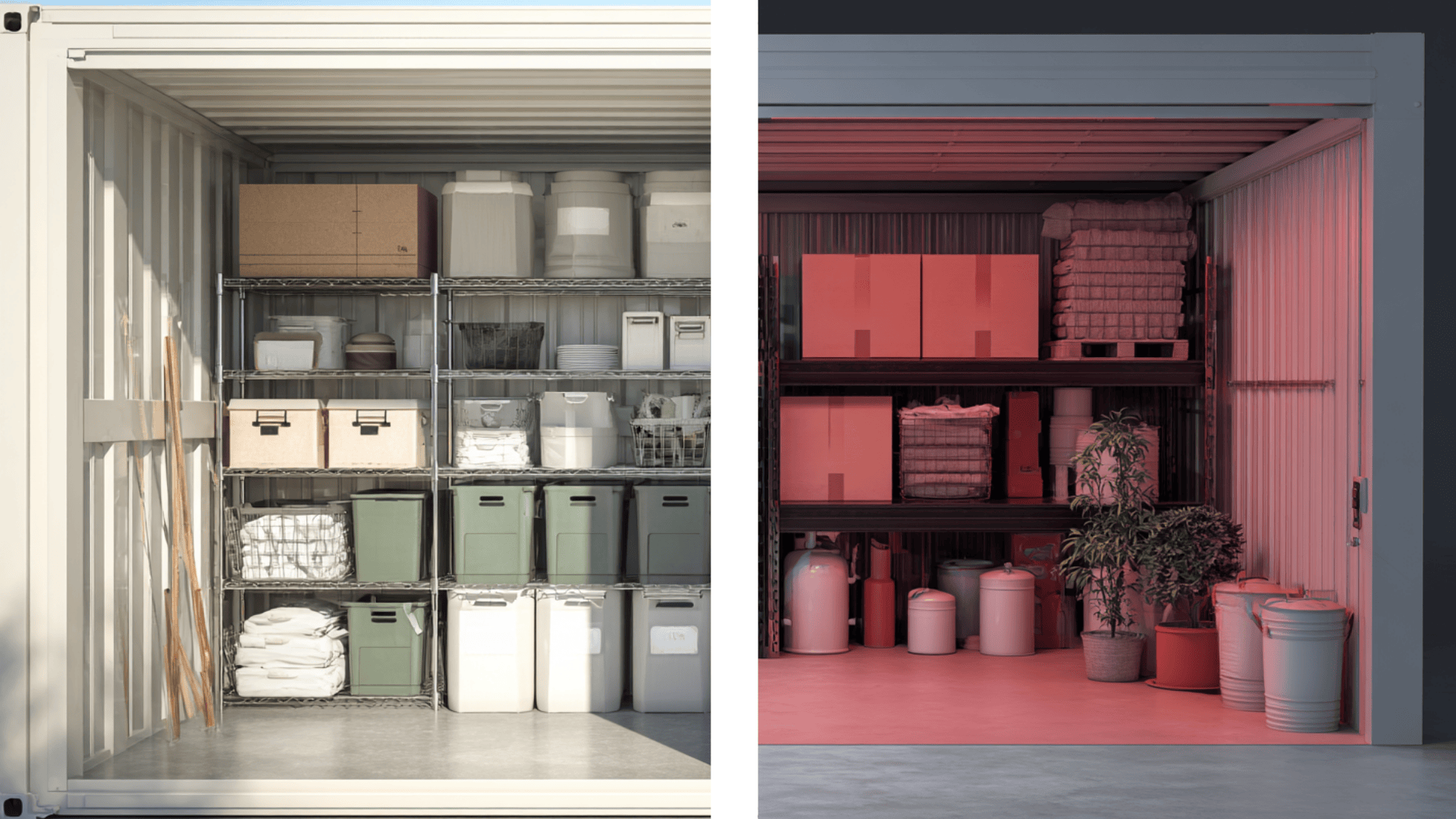
Before packing, it helps to know what belongs in long-term storage and what doesn’t.
Safe for Long-Term Storage
These are items that handle time well and can be stored safely for months or years if packed right:
- Furniture: Sofas, tables, and chairs made from solid wood or metal.
- Books and documents: Keep them in airtight boxes or bins to prevent mold.
- Clothing: Wash and dry completely before packing in sealed containers.
- Appliances: Clean thoroughly and keep cords wrapped neatly.
- Business inventory: Non-perishable goods, tools, and supplies.
- Keepsakes: Durable items like photo albums, collectibles, or childhood memorabilia.
Make sure each item is clean, dry, and well-labeled before putting it away.
Avoid Storing These
Some things just don’t belong in storage – they can spoil, leak, or create safety issues:
- Perishable food attracts pests and grows mold quickly.
- Flammable or explosive items, Such as Gasoline, propane, paint thinner, or fireworks, are unsafe.
- Valuables or irreplaceable items, such as jewelry, artwork, and cash, should stay in a secure place at home or in a safe deposit box.
- Living things, such as plants, animals, or any living organisms, should never go into storage.
When in doubt, ask the storage facility what’s not allowed – most have a list of restricted items.
How to Prepare Items for Long-Term Storage
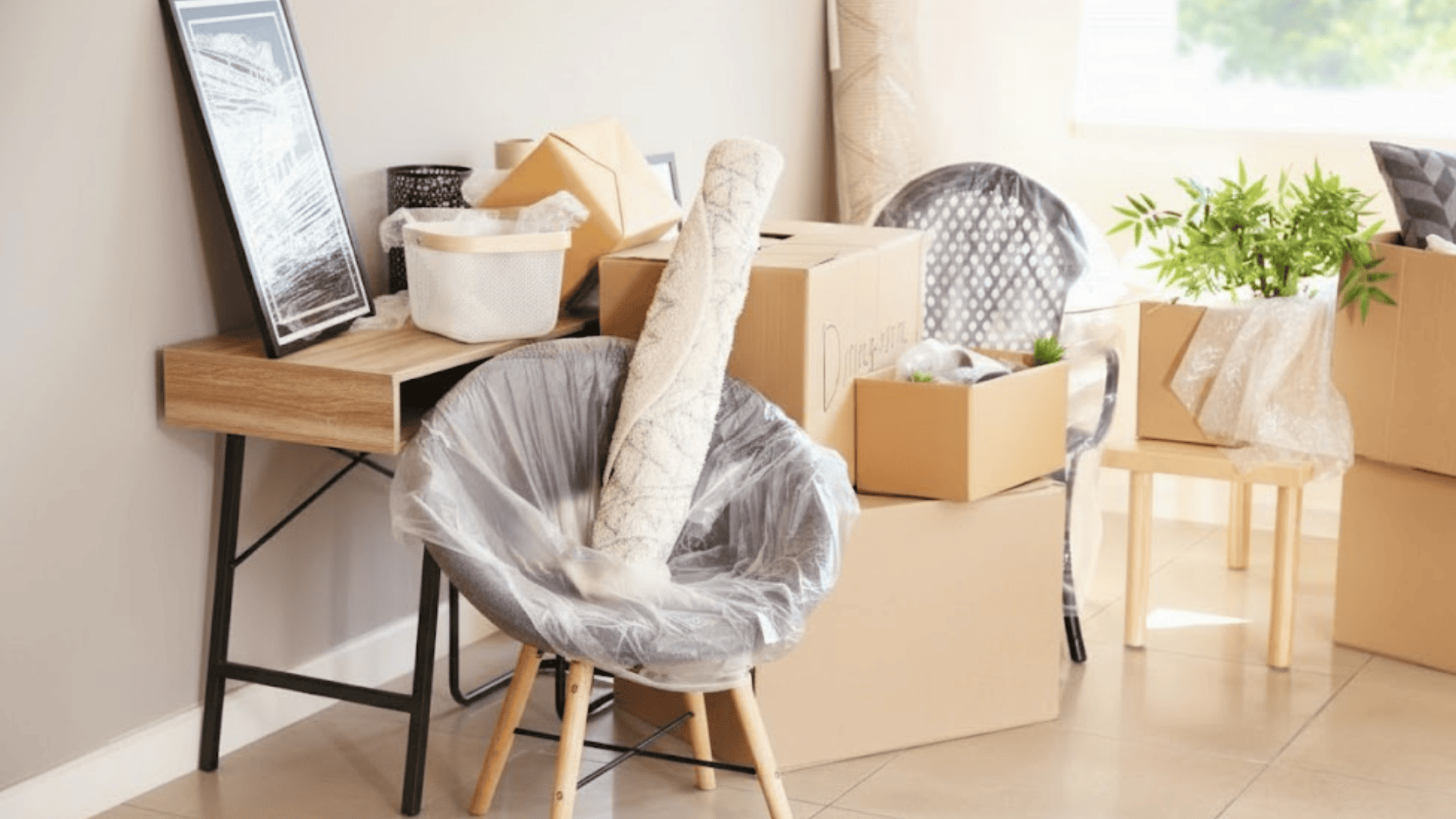
A little prep goes a long way when you’re putting things away for months or years. These simple steps help your items stay clean, dry, and damage-free until you need them again:
1. Clean and Dry Everything
Before packing, make sure everything is spotless and completely dry. Dust, dirt, or moisture can lead to mold, rust, or pest problems later.
Wipe all surfaces, vacuum fabrics, and let them air out before sealing boxes. For appliances, drain any remaining water and leave doors slightly open to prevent odors or mildew from forming.
2. Use Quality Packing Materials
Good packing materials protect your belongings better over time. Use sturdy plastic bins instead of cardboard, cover furniture with cloth or plastic wraps, and label every container clearly.
Avoid using old or damaged boxes that weaken with humidity. If you’re storing fragile items, use bubble wrap, padding, or foam sheets for extra protection.
3. Wrap and Elevate Furniture
Keep furniture off the ground to protect it from moisture, leaks, or pests. Use wood blocks, pallets, or stands to raise heavy pieces slightly and promote airflow.
Wrap delicate surfaces with moving blankets or covers to prevent scratches and dust buildup. Disassemble larger items like tables or bed frames to save space and reduce strain on joints.
4. Maintain Airflow and Organization
Leave small gaps between boxes and walls to help air circulate and prevent dampness. Stack heavier boxes on the bottom and lighter ones on top to keep things stable.
Try to leave a clear walking path so you can easily reach stored items later. Group similar items together and use a simple layout map or inventory list for quick access when needed.
5. Keep an Inventory List
Write down or take photos of everything you’re storing. A simple digital list or spreadsheet makes it easy to remember what’s inside each box. It’ll save you time later and help you stay organized when unpacking.
Taking time to prepare your items properly can save you from damage, stress, and surprise costs later. A few extra minutes now means your belongings stay in great shape for years.
Long-Term Storage Solutions from Top Providers
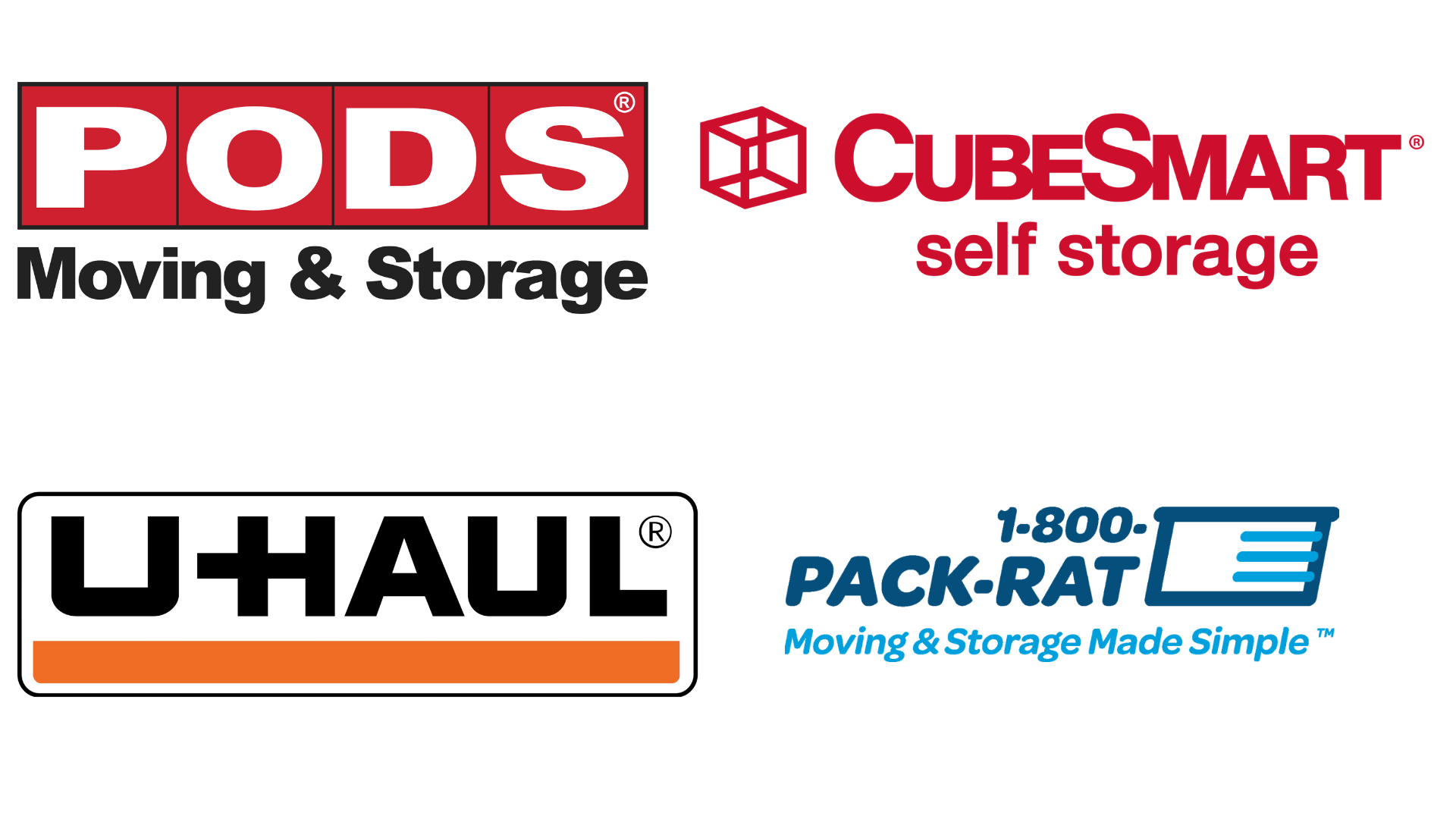
If you’re ready to rent a storage unit, learning different long-term storage solutions can help you find one that truly fits your needs. Here’s a quick look at some popular options and what they’re best suited for:
- PODS: Offers portable storage units and flexible contracts. Great for moving or temporary storage when you need flexibility.
- CubeSmart: Known for climate-controlled units and built-in insurance options. Ideal for household goods or sensitive items.
- U-Haul: Provides nationwide access with thousands of storage locations. Perfect for budget-friendly storage and short-term needs.
- 1-800-PACK-RAT: Combines moving and storage services for convenience. This service is best for long-distance relocations or for people who need both moving and storage support.
Each company has its strengths, so think about what matters most – cost, convenience, or climate protection – before choosing a provider.
Choosing the Right Storage Unit
Picking the right storage unit makes a big difference in keeping your belongings safe and easy to access. The right space depends on what you’re storing, how long you’ll need it, and your budget:
1. Climate-Controlled vs. Standard
Climate-controlled units keep a steady temperature and humidity level. They’re ideal for items like wood furniture, electronics, clothes, and photos that can get damaged by moisture or heat.
Standard units are more affordable but don’t protect against weather changes. They work fine for sturdy items like metal tools, plastic bins, or outdoor equipment.
If you live in an area with hot summers or damp winters, climate control is usually worth it.
2. Indoor vs. Drive-Up Access
Indoorunits are located inside buildings, offering better security and weather protection. They’re great for long-term storage of delicate or valuable items.
Drive-up units, on the other hand, let you park right at the door for quick loading and unloading – perfect for large, heavy, or frequently accessed belongings.
3. Size and Space Planning
Storage units come in many sizes – from small 5×5 spaces to large 10×30 ones. Before choosing, list what you’re storing and leave some room to move around inside.
It’s better to have a little extra space than to overpack. Many storage websites have size calculators to help you estimate what fits.
4. Security and Access Hours
A good storage facility should offer gated access, security cameras, and individual locks or codes for each unit. Check access hours too; some places offer 24/7 entry, while others have limited times.
Choose a location that fits your schedule and provides peace of mind about your items’ safety.
5. Location and Price
Proximity affects both convenience and cost. Urban storage facilities usually charge more than suburban ones, but they’re easier to reach if you visit often.
Compare prices across locations and look for promotions like “first month free.” The right balance between cost, access, and security makes your storage experience hassle-free.
Long-Term Storage Costs and How to Save
Storage prices can vary a lot depending on your location, unit size, and features. Understanding what affects the cost helps you plan better and avoid paying more than you need to.
| Region | Average Monthly Cost | Climate-Controlled Units |
|---|---|---|
| Midwest | $80–$120 | $100–$160 |
| South | $90–$140 | $120–$180 |
| West Coast | $120–$200 | $150–$250 |
| East Coast | $110–$180 | $140–$220 |
How to Save on Storage
- Book in off-peak seasons like fall or winter for lower rates.
- Ask about deals, as many offer first-month discounts or lower rates for long-term contracts.
- Declutter before storing to rent a smaller unit.
- Share space with family or friends to split costs.
Smart timing, negotiation, and organization can help you save long-term without stretching your budget.
Sustainable Storage and Maintenance Tips
Good storage habits don’t need to be complicated. A few simple choices can help protect your items and reduce waste at the same time:
- Use eco-friendly packing materials: Choose recyclable boxes or reusable bins instead of plastic.
- Pick energy-efficient units: Look for facilities with LED lighting or solar power.
- Declutter and donate before storing: Keep only what you need and give away the rest.
- Inspect regularly: Visit every few months to check for leaks, moisture, or pests.
- Control humidity and pests: Use moisture absorbers and avoid storing food or scented items.
- Update your inventory: Keep a simple list or photos of stored items.
- Check insurance and access: Make sure items are insured and accessible in emergencies.
Simple, steady maintenance and mindful storage choices can keep your things protected and your impact lighter on the planet.
Conclusion
Long-term storage is all about keeping your belongings safe, clean, and ready when you need them again.
You’ve learned how small choices, like picking the right unit, packing carefully, and maintaining regularly, can make a big difference over time.
With the right approach, long-term storage becomes less about hiding things away and more about protecting what matters most.
If you’re ready to set up your long-term storage, take a few minutes to compare local options, ask about deals, and choose a space that fits your needs.
A little effort now means your things will stay secure, organized, and worry-free for years to come!
